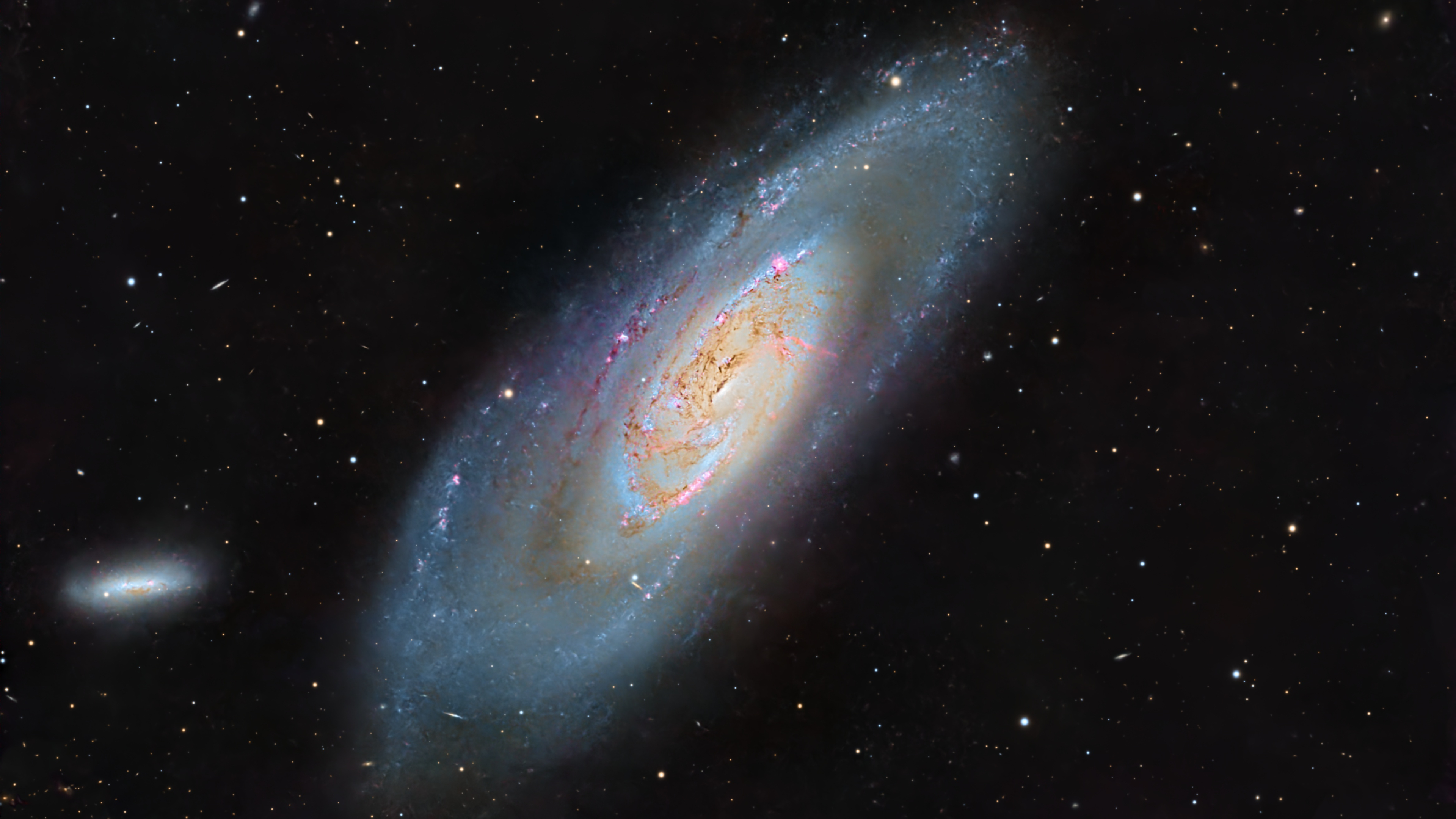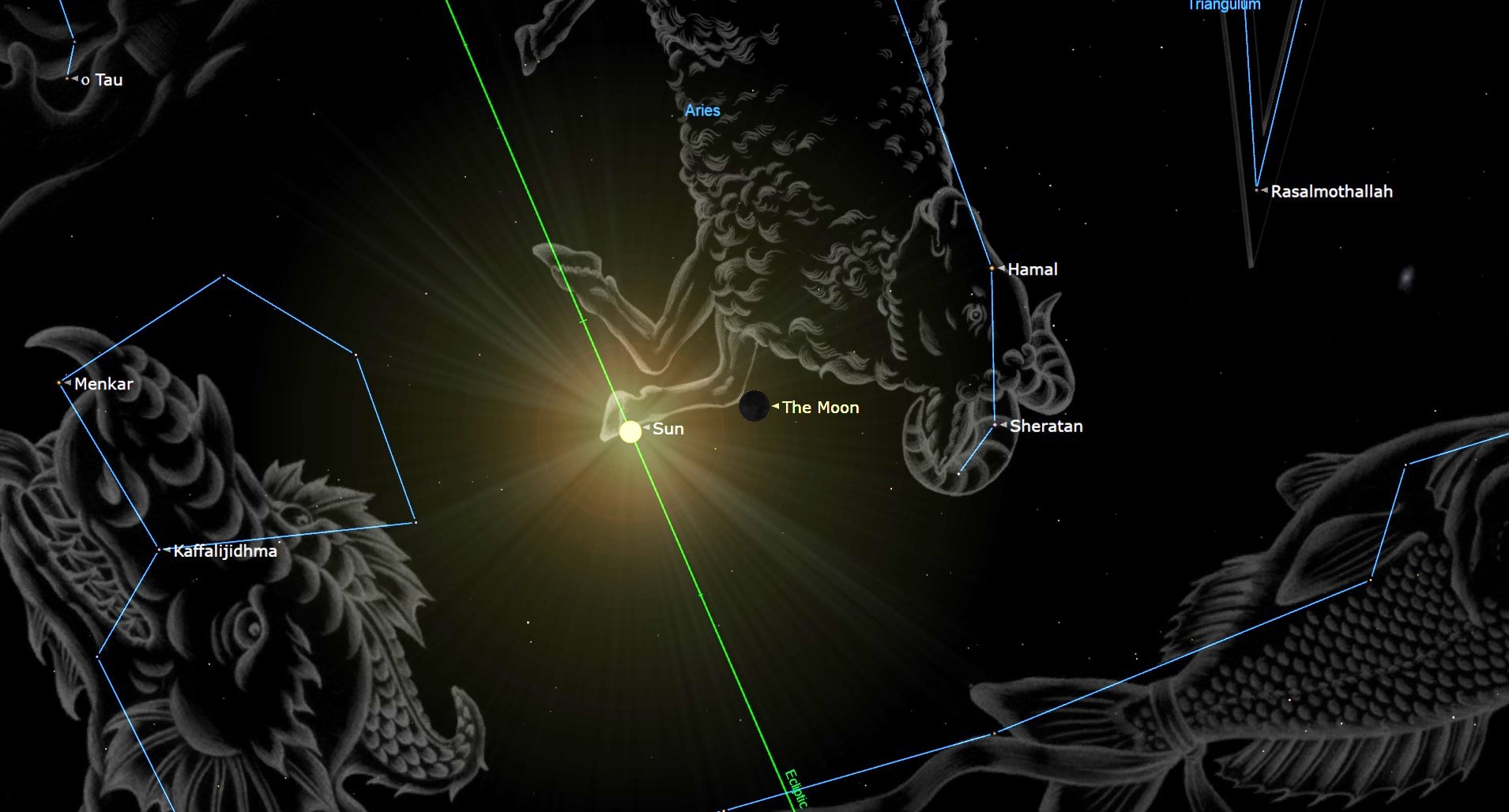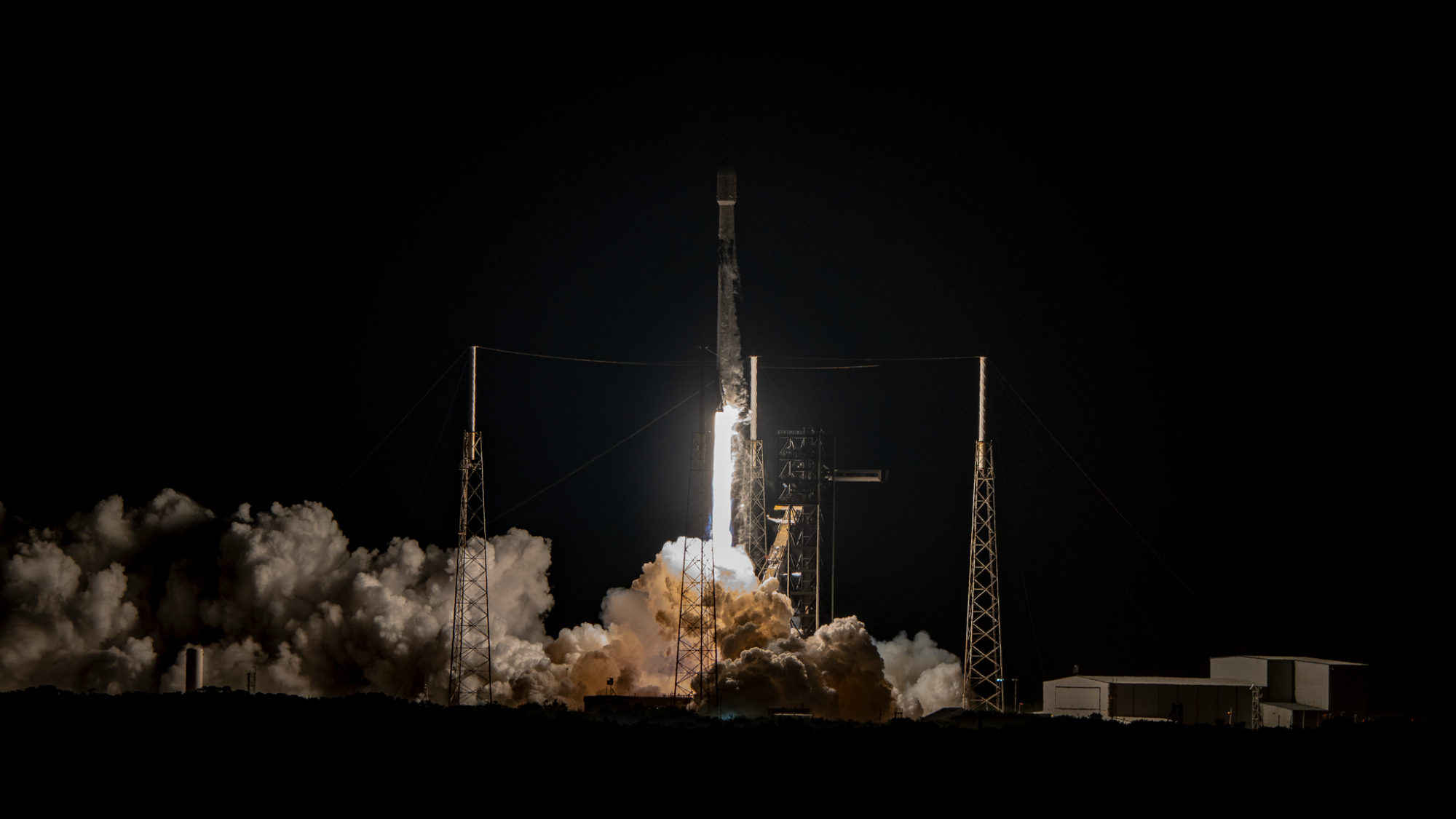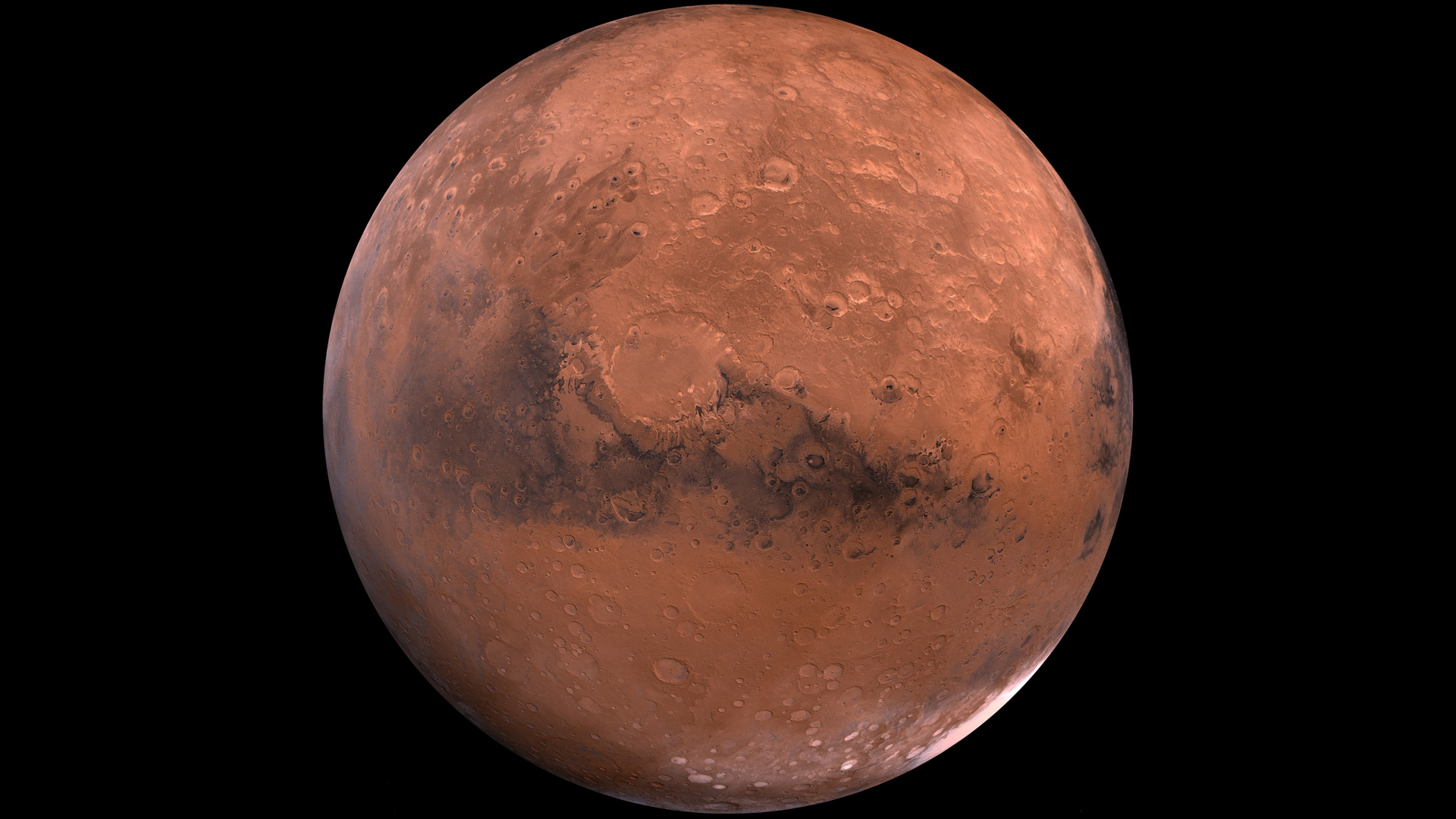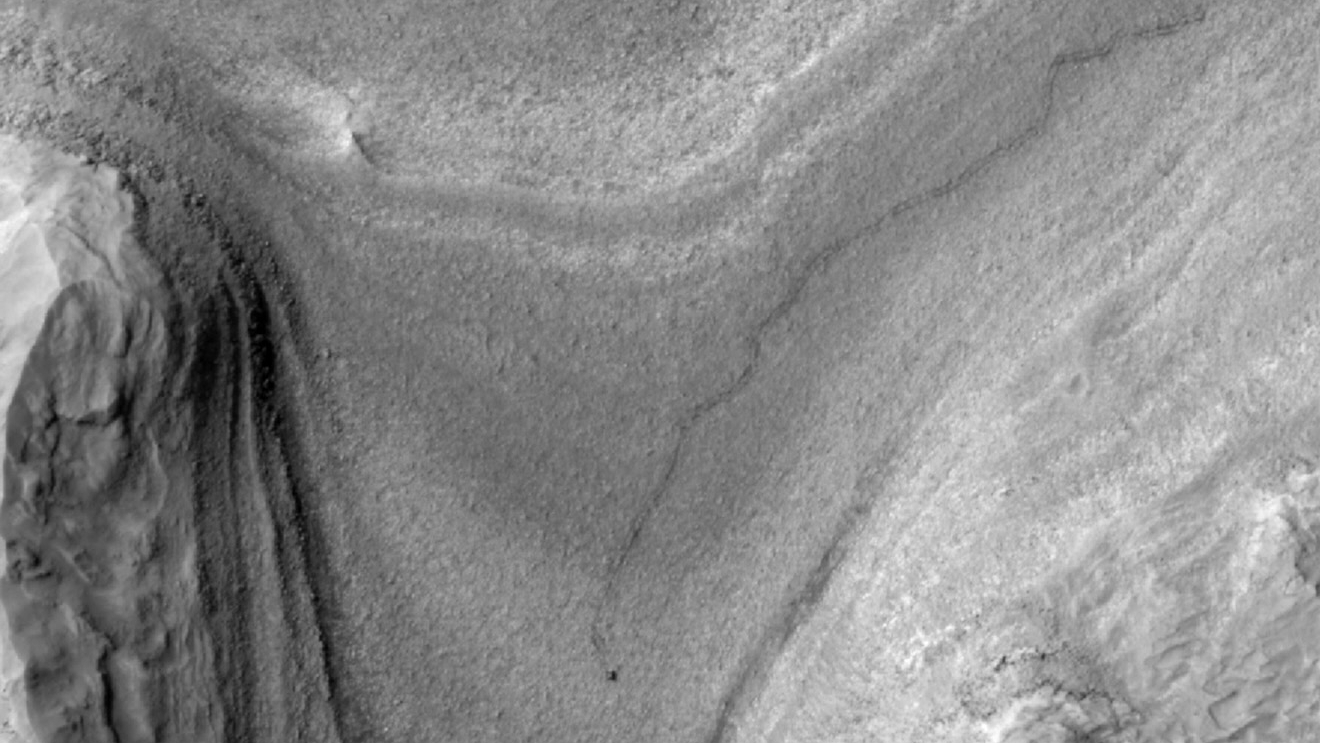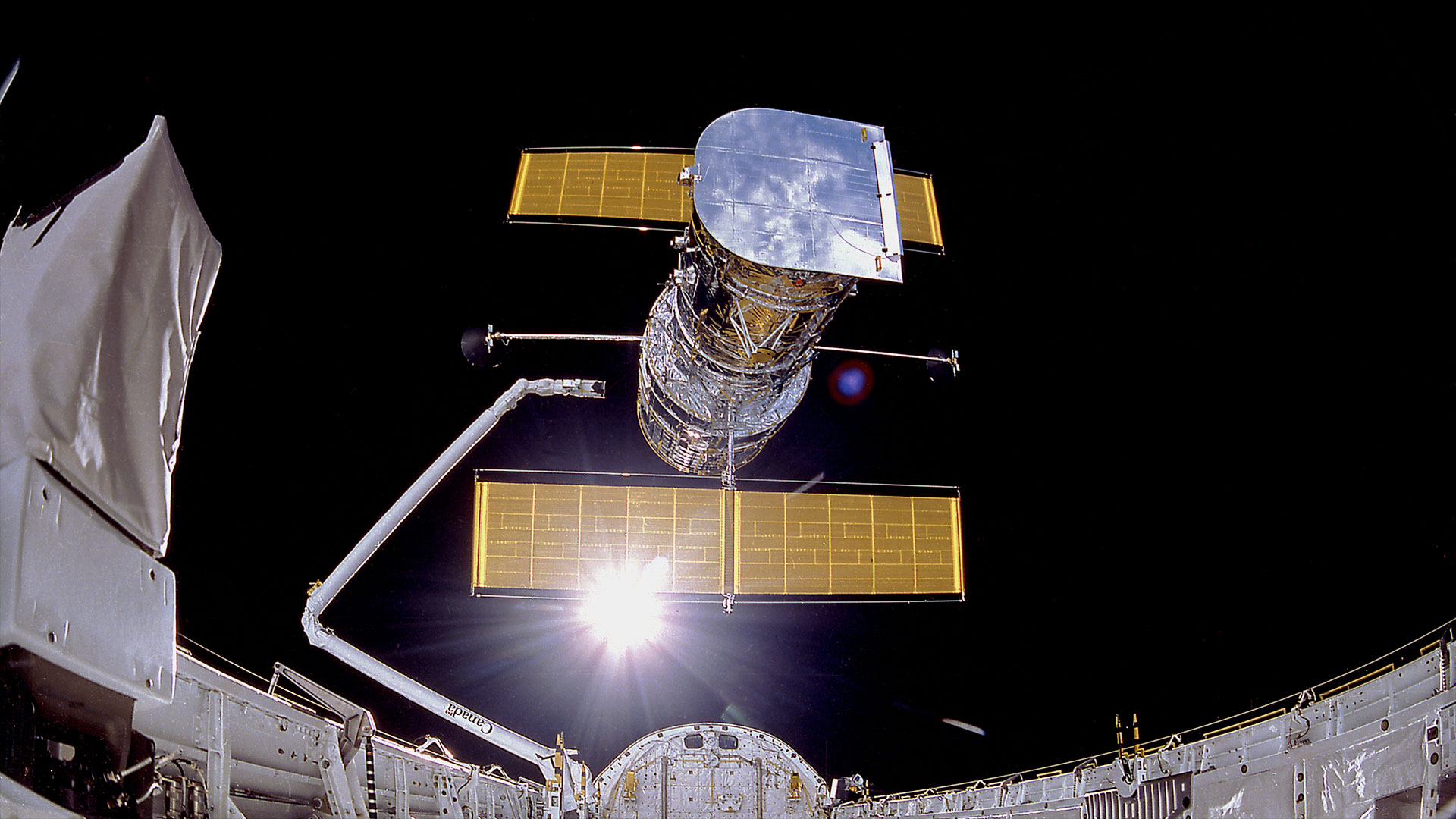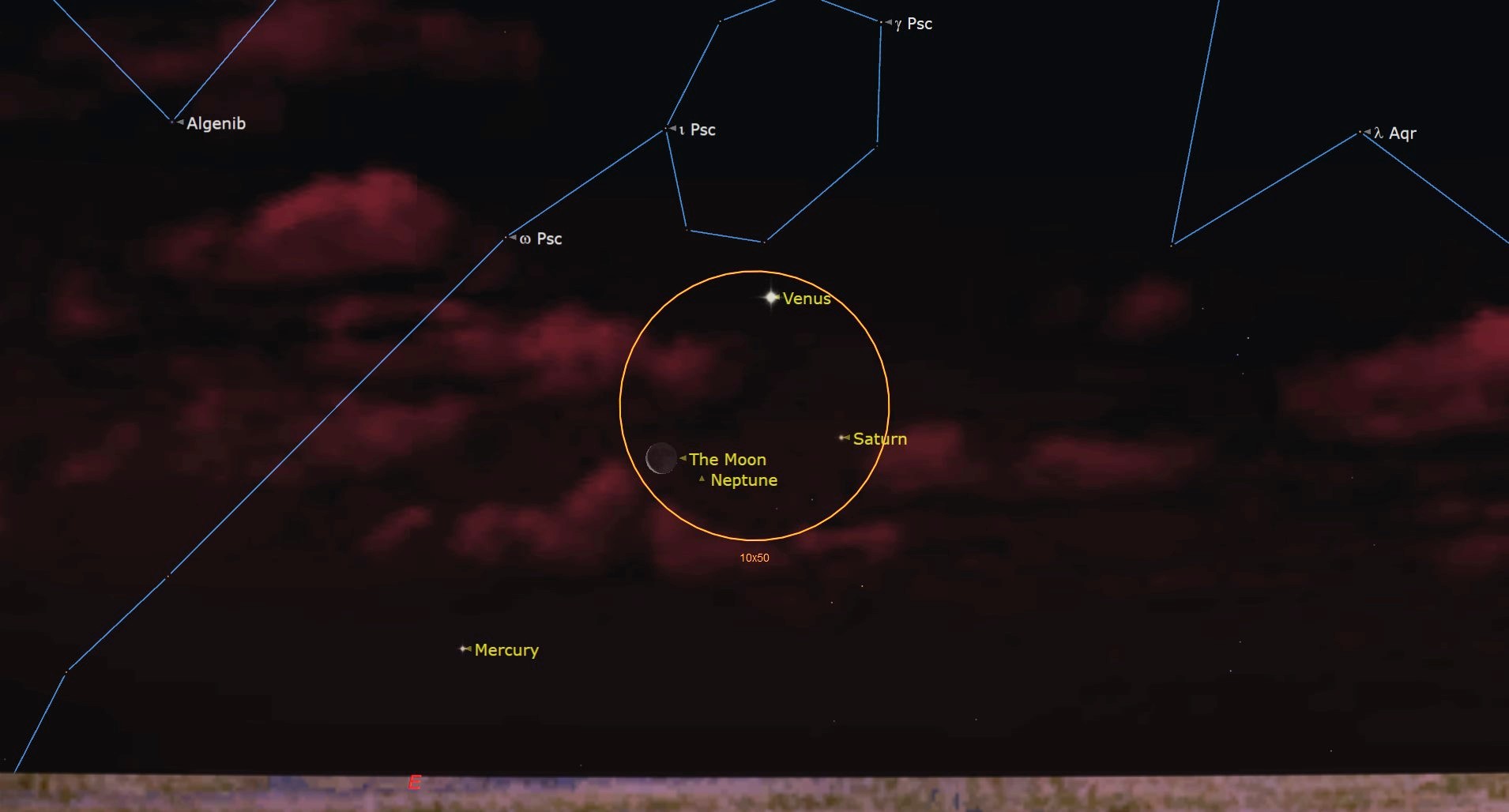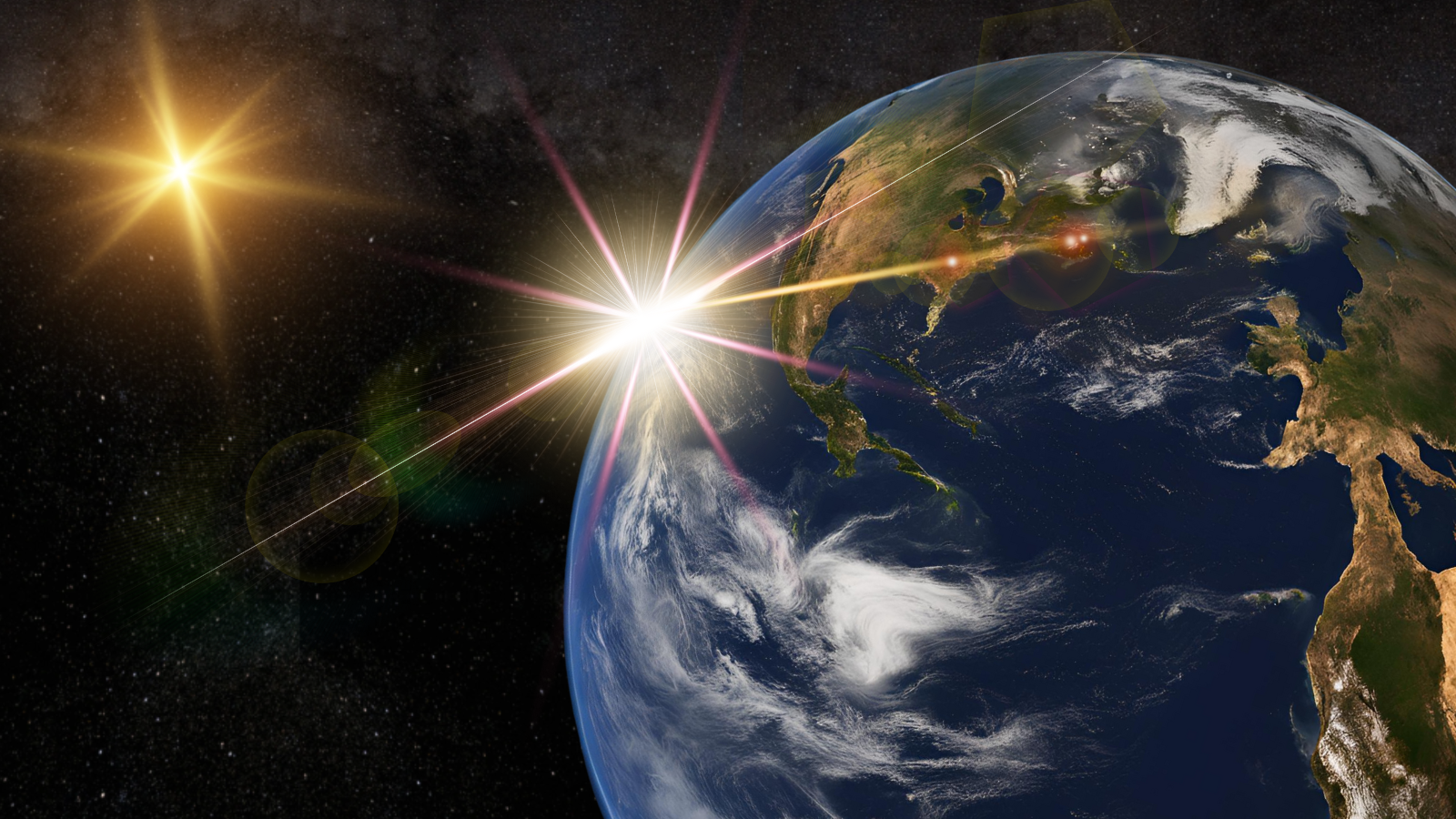Why are meteor showers so unpredictable? The sun may be to blame
Once you remember that the sun also orbits the solar system's common center of mass, it all makes sense.
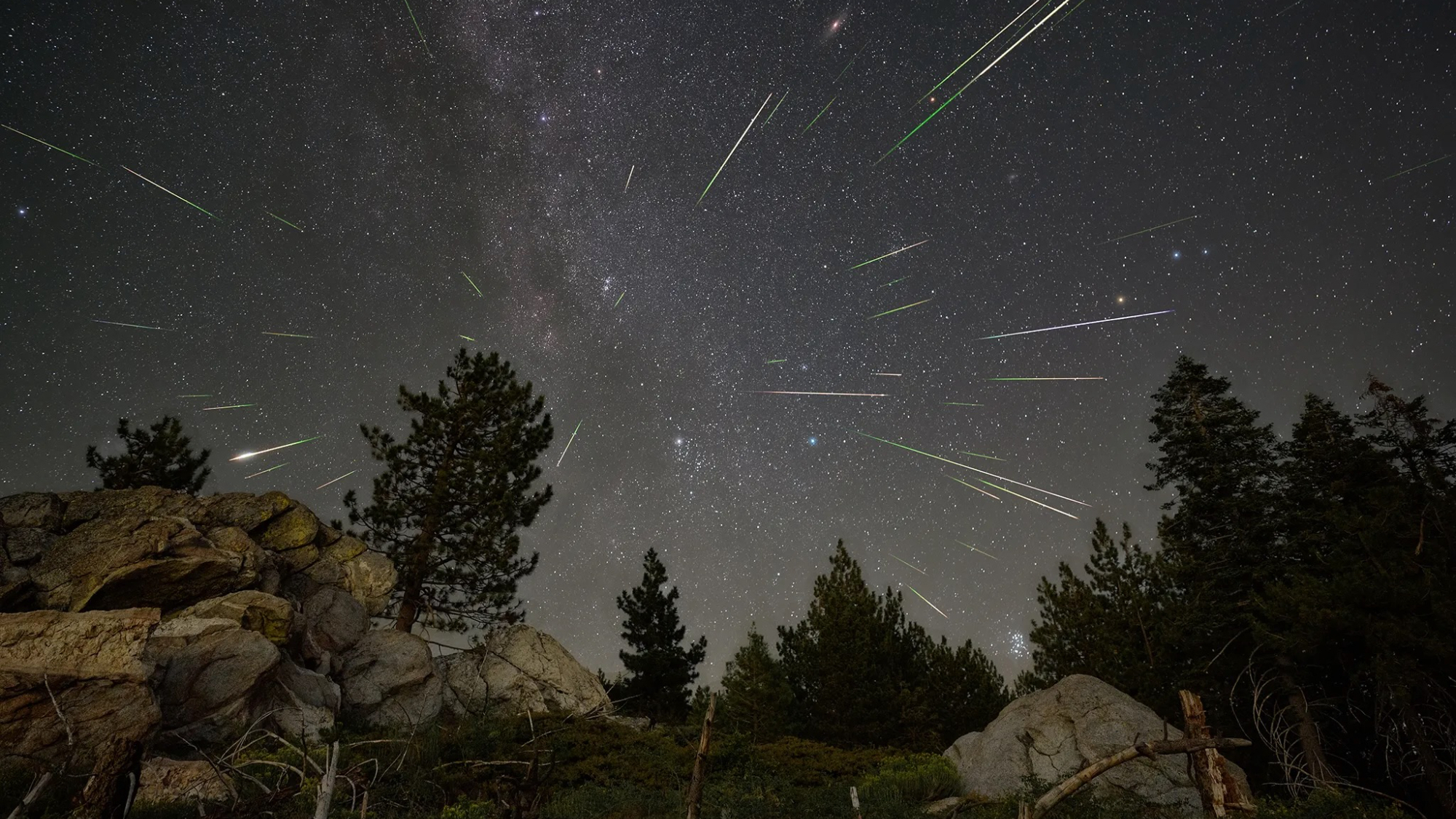
Our sun is wobbling, and this has a huge impact upon the regularity of many of Earth's meteor showers, according to new research that discovers why streams of comet dust bob and weave in and out of Earth's orbit.
Stargazers are familiar with half a dozen or so bright meteor showers that return with unerring regularity every year — April's Lyrids, August's Perseids, Decembers's Geminids and others. What most people don't realize is that Earth has approximately 500 distinct meteor showers. Many of these are seemingly unpredictable.
But now astronomers think they know why.
When comets come close enough to the sun, they begin to warm up, which causes ices to vaporize and pockets of gas beneath the surface to expand and burst out, carrying dust into space. Although we're familiar with dusty comet tails close to the sun, tail formation can begin while a comet is still beyond the orbit of Saturn. The streams of material they leave behind linger long after their parent comet has headed back out of the solar system on orbits lasting centuries or even millennia.
Related: Meteor showers 2025: When, where and how to see the best 'shooting stars' of the year
Stuart Pilorz and Peter Jenniskens of the SETI (Search for Extraterrestrial Intelligence) Institute in California wanted to track some of these meteoroid streams back to their parent comet. Meteoroids are how we refer to these small dust particles and pebbles when they are in space; once they enter the atmosphere as a shooting star we call them meteors, and if they manage to reach the ground, they are called meteorites.
However, tracking the streams back to their parents is not easy, because the streams move, weaving in and out of Earth's orbit and spreading out over time. The regular meteor showers that we are most familiar with come from meteoroid streams that have dispersed quite widely; some of these familiar periodic meteor showers can last weeks as Earth moves through the wide stream.
Get the Space.com Newsletter
Breaking space news, the latest updates on rocket launches, skywatching events and more!
However, when a meteoroid stream is still relatively young, it is quite narrow and, as it moves around, sometimes the Earth will pass through it, sparking a meteor shower. Other times, Earth will miss it.
Computer simulations were having trouble explaining this movement of the streams. Then Pilorz and Jenniskens realized something that in hindsight might seem obvious.
"Contrary to popular conception, everything in the solar system does not orbit the sun," said Pilorz in a statement. "Rather, the sun and planets all orbit their common center of mass, known to scientists as the solar system barycenter."
The sun appears to wobble as it moves around this barycenter, which is located just outside the sun — pretty close to it, because the sun contains the vast majority of mass in the solar system. The position of this barycenter shifts, matching the orbits of the planets, particularly the two most massive, Jupiter and Saturn. It's the same principle that allows astronomers to use radial velocity measurements to discover exoplanets based on how a star wobbles about the center of mass in its system.
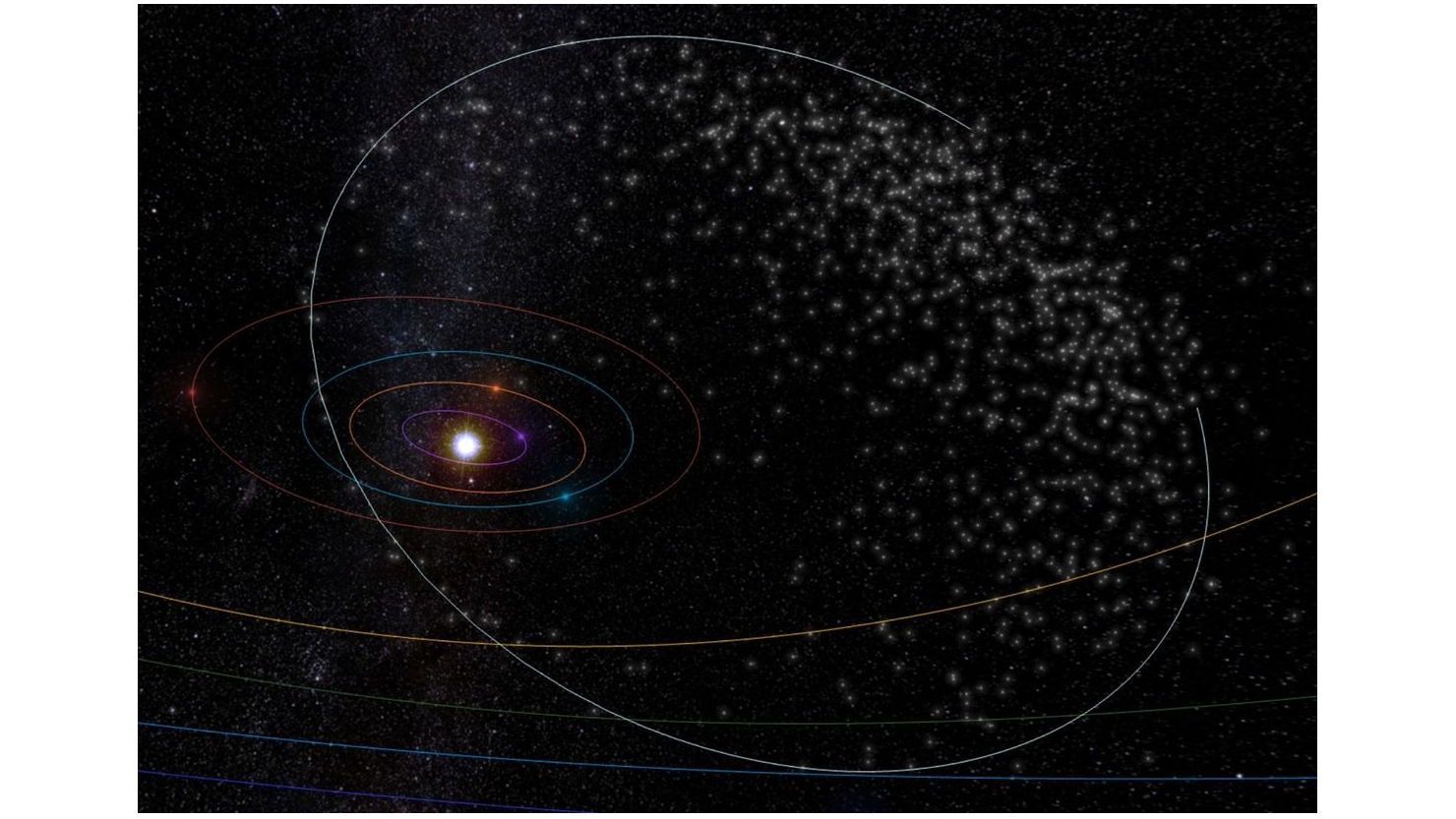
When Pilorz and Jenniskens introduced this fact to their simulations, they found it accurately described the movement and dispersal of the meteoroid streams as they loop around the sun.
The meteoroids in a cometary dust stream gain a gravitational boost, or are braked, by interactions with the wobbling sun as they pass close to it. Pilorz compares it to the way spacecraft can be sped up in a gravitational slingshot effect, or slowed down, during planetary flybys.
The duo also noticed that, while beyond the orbit of Jupiter, meteoroids in a stream orbit the solar system's barycenter. Their orbit is therefore referred to as barycentric. However, inside the orbit of Jupiter, the sun's gravity is great enough to make the meteoroids orbit the sun rather than the barycenter, hence they become heliocentric.
"Long-period comets spend most of their lives so far away from the solar system that they feel the tug from the barycenter," said Pilorz. "But every few hundred years, they swoop inside Jupiter's orbit and come under the sun's influence."
This subtle difference results in a step-change in the motion of the streams.
"We found that the two jumps in the plane of motion, when the sun takes control as the comet approaches and then again when it hands control back to the barycenter as the comet heads away, kicked the inclination and node of the orbit by a small amount," said Pilorz. "Again, if we considered the sun fixed at the center, the reason for this change is not obvious."
Related: Comets: Everything you need to know about the 'dirty snowballs' of space
To test this model, Jenniskens made a prediction that one particular meteor shower would return when Jupiter and Saturn were in certain locations in their respective orbits, their gravity pulling the barycenter and the wobbling sun in a certain direction to nudge the stream so that it cut across Earth's path.
"We traveled to Spain in an attempt to record one of these showers and saw what was described in the past as 'stars fall at midnight,'" said Jenniskens. "The whole shower lasted only 40 minutes, but there was a bright meteor every minute at the peak."
The motion of Jupiter and Saturn in their orbits — which last 12 and 29 years, respectively — results in this particular meteor shower returning every 60 years, Jenniskens and Pilorz found.
Over millennia or longer, these meteoroid streams will disperse like the others, becoming wider. This occurs because the meteoroid stream is long as it wraps around the sun, and different meteoroids receive a gravitational kick at different times, increasing the range of orbital motions within the stream, widening it.
The research was published online April 13 in the journal Icarus.
Join our Space Forums to keep talking space on the latest missions, night sky and more! And if you have a news tip, correction or comment, let us know at: community@space.com.

Keith Cooper is a freelance science journalist and editor in the United Kingdom, and has a degree in physics and astrophysics from the University of Manchester. He's the author of "The Contact Paradox: Challenging Our Assumptions in the Search for Extraterrestrial Intelligence" (Bloomsbury Sigma, 2020) and has written articles on astronomy, space, physics and astrobiology for a multitude of magazines and websites.
You must confirm your public display name before commenting
Please logout and then login again, you will then be prompted to enter your display name.
